By Paula Lorenz and Dr. Ashley Holding
A New Paradigm
Have you ever felt charmed by a product because the packaging proudly stated it was biodegradable?
If so, you are probably not alone, because what we buy reflects what kind of person we are or who we want to be – to others but most importantly to ourselves. So we like to pick products that make us feel good about our choices. And when it comes to consumables, what could possibly make us feel better than the feeling of ‘I am doing something good for the planet’? Biodegradable is booming and right up there with words like ‘organic’ or ‘fair trade’. So what has facilitated the stellar rise of biodegradability or bioplastics?
Well, the way that markets work is that they supply products that customers demand. And right now, the demand for sustainable products is larger than ever before and so is the scrutiny on companies to act eco-consciously. So as customers hold an enormous amount of power, they shall get whatever they say they desire, because in the era of social media nobody wants to end up being the centre of a public outrage. It can be damaging for their reputation.
So what do customers want, or rather: what do they not want? Well, it has become obvious that there is a continuously increasing disapproval of plastics. Pictures of peeled fruits sitting in plastic containers sealed by further plastic make headlines around the world. It’s considered absurd and outrageous to replace a banana’s own perfectly protective peel with a ton of plastic. And rightly so, but why is that?
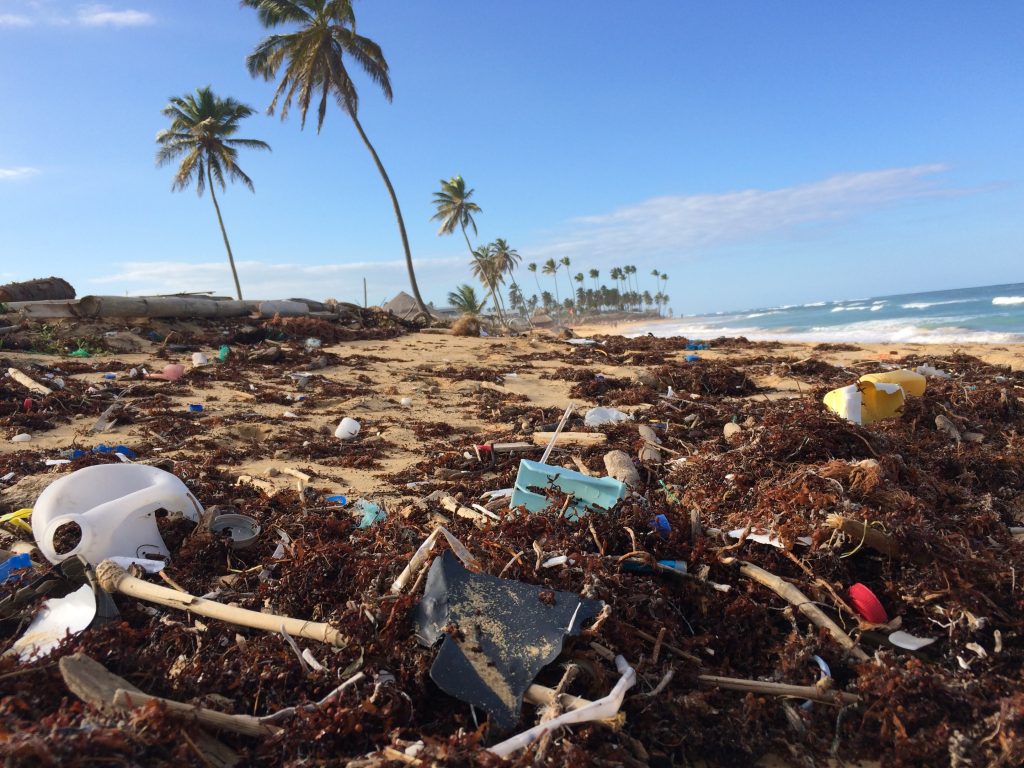
One of the most likely answers is that people are increasingly traumatised by images of marine animals being killed by plastics in the oceans. It’s a painful thing to watch images of dissected animals with stomachs full of plastics (and yet one can only imagine how excruciating this death must have been for the animal). But there is also the rising fear of microplastics, which has both consequences for marine life and perhaps even human health and is increasingly being rejected as an ingredient in cosmetics.
And on top of that, there are also a whole host of downsides to plastics including the immense energy cost to produce them and their ability to persist for a long time in the environment.
Even more, questionable practices behind plastics disposal have come to light, as Asian countries increasingly reject containers full of plastic waste shipped to them from the West with the premise that they shall take care of it.
For example, following the precedent of the Philippines in May 2019, Malaysia has rejected 150 containers of plastic waste proclaiming to the rest of the world: ‘If people want to see us as the rubbish dump of the world, you dream on‘. So these countries are making clear that they no longer want to be a token solution for rich countries’ waste.
Is Bio the Solution?
Many people have started looking at all things bio as a hopeful solution, which, at least on the surface, makes sense: The prefix is associated with everything natural or organic. Biodegradable and bioplastic materials therefore sound to many like the best way out of a plastic crisis.
However, despite the general enthusiasm about the topic, the mainstream media is now starting to change the conversation around bioplastics and biodegradable plastics. And rightly so.
In November 2019, the BBC delved into the topic of bioplastics in tea bags, which sparked a debate about whether corporations are being honest to their customers with marketing claims around plastics in products and packaging. In particular, the misleading use of the term “plastic free” for products that actually contain plastic was highlighted.
Let’s have a look at the organic tea company Clipper for example, which was mentioned as a negative example in the article. In November 2019, when the BBC article was published, we went to Clipper’s website to examine the claims found there and took some screen shots.
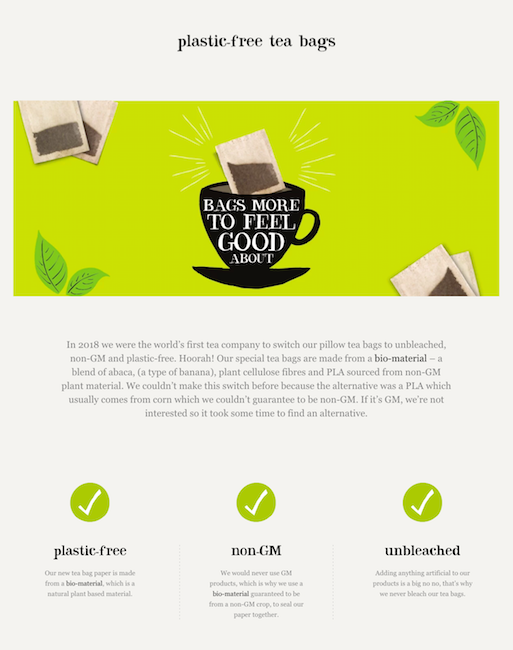

Clipper proclaimed to be the ‘world’s first tea company’ to have switched to plastic-free pillow tea bags, explaining they achieved this by using a ‘bio-material’ containing PLA, which is a bio-plastic used to seal the tea bags. By using the word ‘bio-material’ the company found a way around using the word plastic, which PLA, or polylactic acid, scientifically is.
Following a big public backlash, Clipper has since changed the wording on their website, to acknowledge PLA as a bio-plastic, while stressing that it is fully biodegradable and ‘nothing like the damaging oil-based plastics that people are rightfully concerned about’.

Our guess is that there wasn’t a malicious intent by Clipper when they published the initial plastic-free claims. Instead, we believe they were, as probably many other companies, ill advised by people that likely knew better. And there are indications that they might still be, as using the claim fully biodegradable could suggest. A term that lacks a great deal of meaning without any further context, because it omits two important pieces of information: the conditions required and the time frame in which it would do so.
The Guardian also looked back on sustainability news in 2019 and highlighted the growing and confusing use of terms such as biodegradable, bio-based and bioplastic and describing them as “false solutions“. This highlights a growing trend in the mainstream media of starting to question some of the claims made by brands around their new sustainable bioplastic or biodegradable packaging.
It’s clear that the mood is beginning to shift and more of a critical eye is being cast over the plastics debate especially when it comes to the proliferation of jargon surrounding products and packaging.
So why is there all this confusion? We think that some of this may lie in the way that many terms are used interchangeably and without further clarification on what they really mean for the consumer.
The best way to get to the bottom of the issue is to start clarifying some of the terms that are being thrown around.
Bioplastics: What are They?
These are commonly accepted definitions of what a plastic and a bioplastic are:
Plastic (n) – a material composed of polymers which is able to be formed (moulded) by the application of heat and/or pressure.
Bioplastic (n) – same as the above, where the initial feedstock is from a biological source. Also known as a bio-based plastic.
So, what is missing from this definition? Well, it doesn’t tell us anything about the properties of the plastic, including whether it is able to undergo biodegradation or not. And this leads us to a key fact:
Fact 1: A bioplastic or bio-based plastic is not necessarily biodegradable.
For example, it is possible to make bio-based versions of both Polyethylene (PE) and Polyethylene terephthalate (PET) used already to make packaging, which are just as non-biodegradable as their oil based counterparts. They are chemically identical. These are known as drop-in bioplastics, because they can be used in place of fossil based plastics, and they can be recycled in exactly the same way.
Biodegradable: What Does That Really Mean?
What kinds of materials are biodegradable then, and what does that mean?
It is well understood that most food and plant materials are able to degrade in nature. A compost heap is a common sight in gardens and many cities around the world collect compostable organic waste separately. It is naturally intuitive to most people that these biological materials are considered safe for the environment and will be taken care of by nature.
However, certain plastics, due to their chemical structure are able to be digested by microorganisms under certain conditions. This leads us to another key fact:
Fact 2: A biodegradable plastic does not have to be bio-based, it can also be fossil based.
That is because it is the chemical structure of the material, not some imbued essence of the thing being ‘from nature‘ or ‘not from nature‘, that makes it biodegradable. An example of a compostable plastic that is petroleum-based is PBAT (Polybutylene adipate terephthalate).
However, biodegradable is not a good term to use when describing a material, because – even if it is technically biodegradable – it may only do so under very specific conditions. Therefore, we should only talk about a material being compostable, which is much more specific.
Compostable (n) – A material able to biodegrade under specific composting conditions* in a known timeframe, completely disintegrating and not releasing harmful (ecotoxic) substances.
*Industrial (higher temperature) or Home (lower temperature) composting conditions
Are Compostables a Licence to Litter?
Shockingly, one in five Brits thought that it was okay to throw compostable packaging on the ground. In fact, most compostable packaging is not designed to degrade in the open environment. It will persist like any other plastic.
One should always check on packaging whether it is compostable only in industrial facilities or in fact actually home compostable. This can be identified by the inclusion of certification marks which show that it has been tested in a laboratory. It tells you that their claims are true.
If it is certified as home compostable, this should be safe to throw in your home compost, although this doesn’t mean it can be left anywhere. If it is identified as industrially compostable, or worse, does not specify – then it can likely only be treated in special industrial facilities.

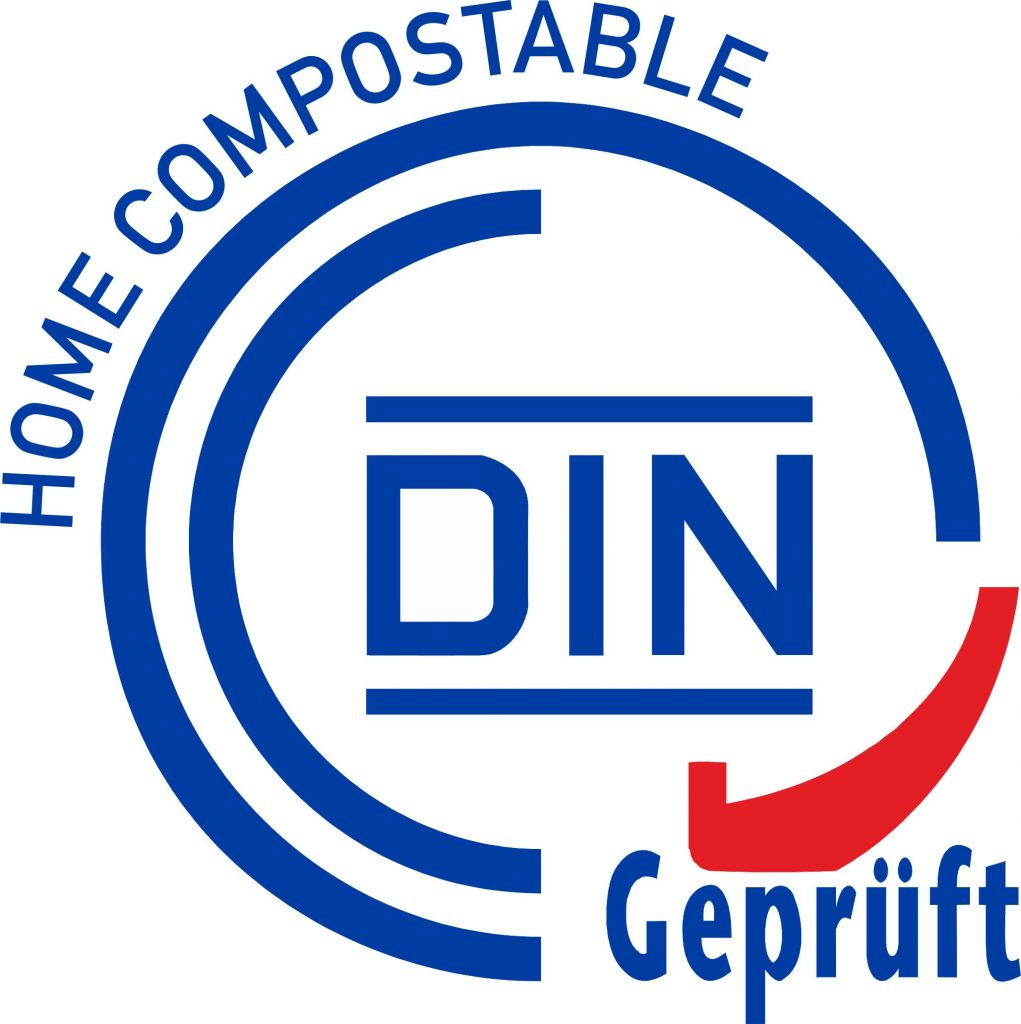
For example: a lot of biodegradable or compostable packaging is based on PLA or polylactic acid, which is only industrially compostable. It will not degrade in your garden compost heap or if you leave it lying around in nature.
And there is a further catch. In most countries, there is no developed infrastructure for collecting and treating compostable plastics. This means that, in most cases, compostable plastics will be sent to landfill or incinerated. And if they enter plastic recycling streams, they could destroy a whole batch of recycled plastic.
The lack of a suitable waste management infrastructure was highlighted recently by the British parliament, who said “Although industrially compostable plastic packaging is appealing as an alternative to conventional plastics, the general waste management infrastructure to manage it is not yet fit for purpose.”
Are Compostable Plastics Better for the Environment?
What is perhaps not as widely known, is that compostable plastics could be a mixture of different plastics, which could be bio-based (such as PLA) or petroleum based, such as PBAT, and could additionally have other additives in it too.
Fact 3: Compostable plastic packaging may contain a mixture of bioplastics and fossil based plastics.
Without digging deeper into exactly what kind of compostable plastics are in your product, you may never know about its true environmental impact. In general, it’s fair to say that fully bio-based plastics generally have a lower carbon impact. The extraction of petroleum is extremely energy intensive, and plants, on the other hand, sequester CO2 from the atmosphere.
This means that, just because a plastic is described as compostable, doesn’t mean it necessarily has a lower carbon impact. Especially if it’s not fully bio-based. The reality is that it’s not always easy to say, and manufacturers rarely provide in depth carbon footprints of their packaging.
So What Should We Actually Look Out for Then?
So, amidst the marketing hype and confusing terms, what are good things to look out for? And how should you treat this kind of packaging when you want to throw it away?
Suggestion No. 1: Ideally look for certified home compostable materials that you can compost at home. Make sure these only go in a proper compost bin, as they are not suitable for degrading in the open environment.
Suggestion No. 2: Look for materials with a certified high bio-based content. These are likely to have a lower overall carbon impact.
Suggestion No. 3: If it isn’t home compostable, it can likely only go in your residual or general waste bin. Don’t put these plastics into a recycling bin.
The Plastics Conundrum
The complexity of the topic of bioplastics and the terms surrounding them is something that most customers are unaware of. And unfortunately it seems like this knowledge gap is being exploited when it comes to the marketing of some products.
Most people believe they are buying something that is good for the environment, something they can dispose of in their bio waste or the compost heap in their garden. Something they believe is not in any way like ‘traditional plastics’.
It is fair to say that bioplastics or biodegradable plastics are not the solution if what you want is.. less plastic. Especially if waste in the environment is your key concern.
So what could be a solution?
We would argue for a Circular Economy for all plastics. If we can create a perpetual cycle in which all plastics are recycled or recovered at the end of their life and made into new products or packaging again, then we can significantly reduce plastic pollution and our reliance on virgin raw materials.
This applies equally to all plastics, whether they are bioplastics, petroleum-based plastics or compostable plastics. Linear models where material is created and then destroyed after a short period of time is not sustainable in the long run. However, replacing petroleum feedstocks with biological ones for plastics is a good start in reducing the world’s carbon emissions. But if there is no way to treat the waste at the end of its life and recover some value from it, then we are missing half of the equation.
A Long Way to Go
Dedicated collection systems and recycling facilities for plastics are already established and in use in many countries. This shows that on a technical level, it is possible to close the loop if you expand these practices on a global level and make sure systems for collection are widespread and easy to use for all waste streams. Germany, for example, created an attractive system for bottle recycling by establishing a nationwide bottle deposit return system. But a lot of groundwork needs to be done to ensure these are successful and that recycling rates are increased from where they are today.
In addition to incentivising consumers, brands can also be incentivised. Today, brands get charged fees and taxes on packaging they put out onto the market, a scheme called Extended Producer Responsibility (EPR). This helps to pay for the collection and recycling of the packaging, taking away some of the burden from the government. However, new changes to such schemes will reduce these fees (in Germany for example), if the packaging is recyclable and includes recycled or bio-based content.
But until we get to full circularity for all plastics, something that can be done right now is to optimise the utilisation of plastics as much as we can. This entails using materials more efficiently. We can achieve this by using products for longer, repairing broken items and moving to reuse models instead of single use models.
Truthfully, a closed loop, circular economy is an idealised vision of the future, and it is not likely to become a reality overnight. There are complexities, hurdles and challenges to reaching this goal. But they are not insurmountable.
This is why we at The Circular Laboratory aim to explain some of the issues surrounding the circular economy topic, explore developments in new technologies and delve into the detail behind popular sustainability news stories.
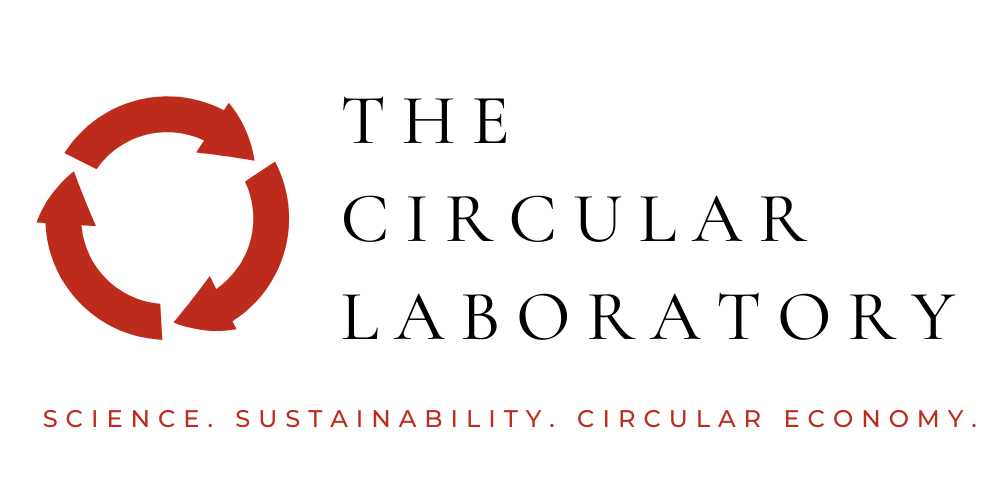
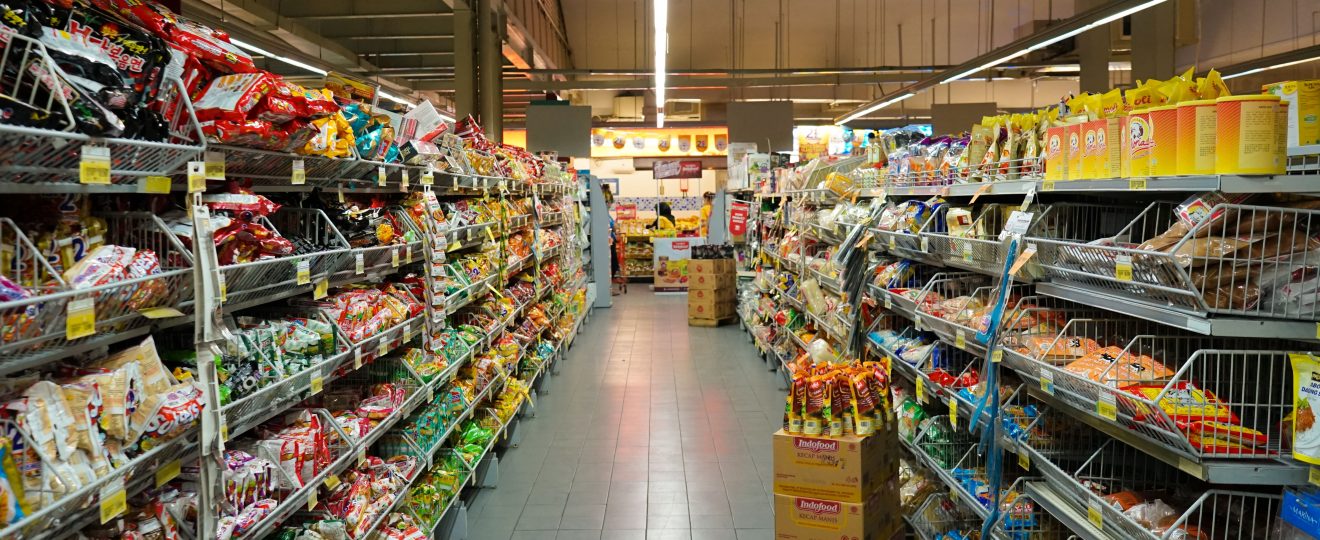
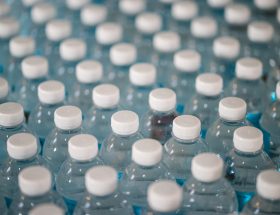
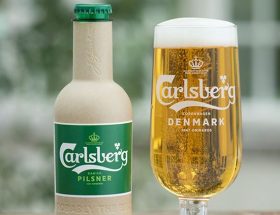


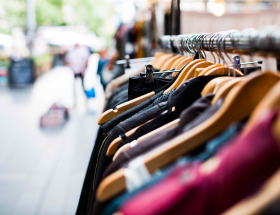
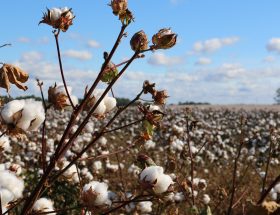
[…] regular The Circular Laboratory readers may know, there is a difference between something being biodegradable and it being compostable. In this […]